Amazon Rainforest Tarantulas: Top 7 Facts
The Amazon rainforest, a vast and biodiverse ecosystem, is home to an incredible array of creatures, including the formidable Amazon rainforest tarantula. These spiders are a fascinating subject of study, captivating both scientists and enthusiasts alike. This article unveils seven key facts about these impressive arachnids, providing a glimpse into their lives, habitats, and behaviors within the lush environment of the Amazon. From their physical characteristics to their ecological roles, we will explore what makes these tarantulas such remarkable inhabitants of the rainforest. Prepare to be amazed by the secrets of the Amazon’s most captivating spiders.
What are Amazon Rainforest Tarantulas?
Amazon rainforest tarantulas belong to the Theraphosidae family, a group known for their large size and often impressive appearance. These spiders are not only among the largest in the world but also play a crucial role in their ecosystem. Unlike some spiders, tarantulas are typically not considered deadly to humans, although their bite can be painful. They are primarily nocturnal hunters, spending their days in burrows, under logs, or hidden amongst the dense vegetation of the rainforest floor. Their presence is a testament to the rich biodiversity of the Amazon and the complex web of life that thrives within it. Amazon rainforest tarantulas contribute to the ecological balance by controlling insect populations and serving as prey for larger animals.
Appearance of Amazon Rainforest Tarantulas
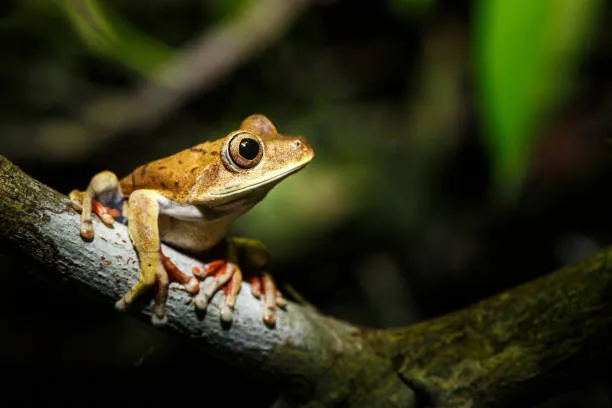
Size and Physical Characteristics
One of the most striking features of Amazon rainforest tarantulas is their size. These spiders can have a leg span of up to 12 inches (30 cm), making them truly impressive to behold. Their bodies are covered in dense hairs, which serve various functions, including sensory perception and defense. These hairs are sensitive to vibrations and air currents, allowing the tarantula to detect prey and predators. The body of a tarantula is divided into two main parts: the cephalothorax (fused head and thorax) and the abdomen. The cephalothorax houses the spider’s eyes, mouthparts (chelicerae and pedipalps), and legs, while the abdomen contains the internal organs. The robust build and hairy appearance are well-suited to their life on the rainforest floor, providing protection and camouflage.
Color Variations and Markings
The coloration of Amazon rainforest tarantulas can vary widely, ranging from solid browns and blacks to more vibrant hues of orange, red, and yellow. These colors often serve as camouflage, helping the spider blend into its surroundings and avoid detection by both prey and predators. Some species have intricate patterns and markings on their bodies, further enhancing their camouflage capabilities. The specific color and patterns can vary depending on the species, habitat, and even individual genetics. These stunning variations contribute to the overall beauty and diversity of the Amazon rainforest ecosystem. The colors can also be a warning signal, indicating that the tarantula is venomous and should be avoided.
Habitat and Distribution of Amazon Rainforest Tarantulas
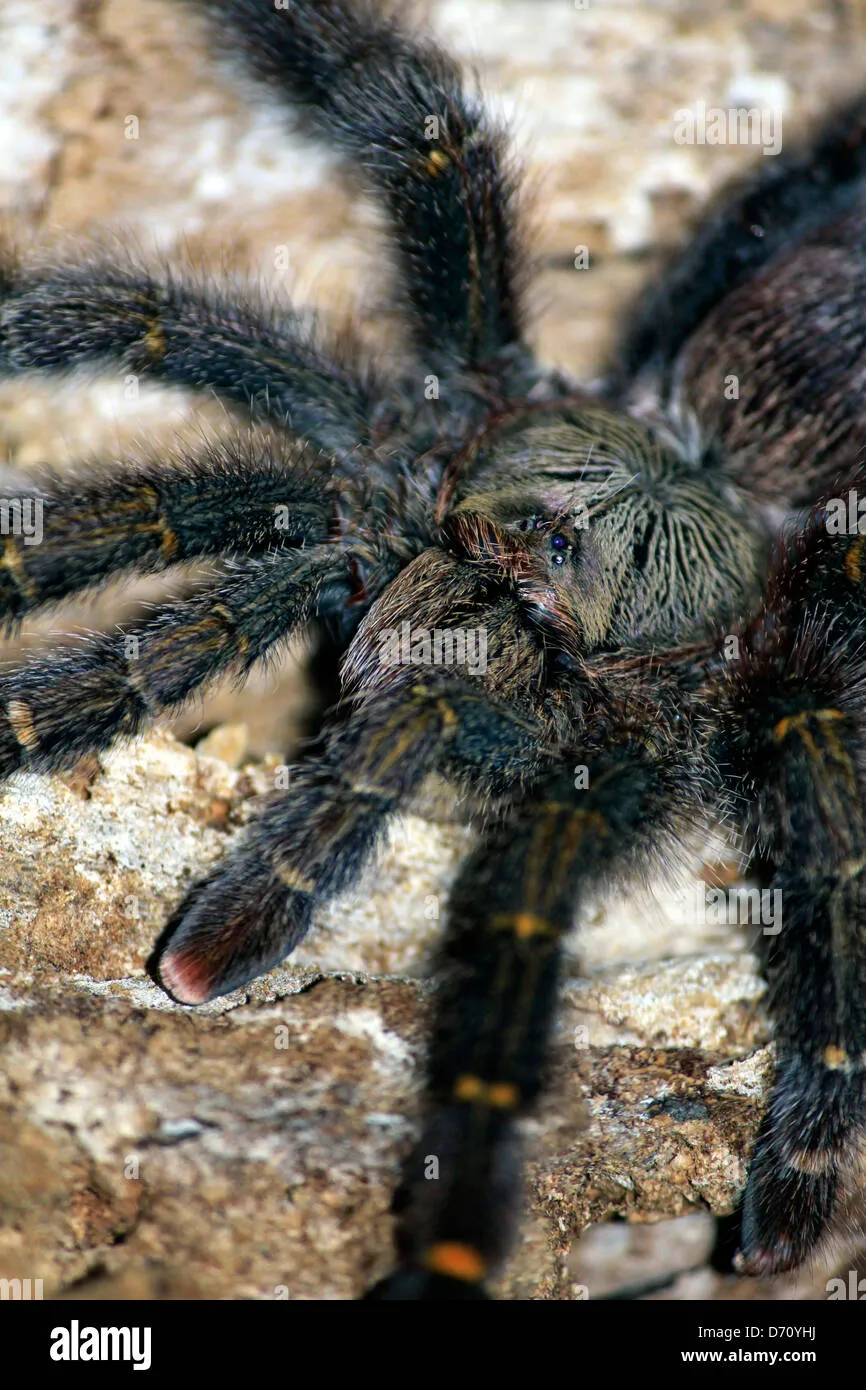
Where They Live in the Rainforest
Amazon rainforest tarantulas are primarily terrestrial spiders, meaning they live on the ground. They are commonly found in the leaf litter, under logs, and within burrows they dig themselves or take over from other animals. The humid environment of the rainforest floor provides the ideal conditions for these spiders, offering protection from the sun and a constant supply of moisture. Their habitat also provides a rich source of food, with an abundance of insects, small vertebrates, and other prey. These tarantulas are well-adapted to their environment, using their strong claws and hairs to navigate the forest floor and construct their homes. The rainforest provides ample cover, allowing them to ambush prey and avoid predators.
Global Distribution
While the name suggests a limited range, various species of tarantulas can be found across the Amazon basin, which spans several South American countries including Brazil, Peru, Colombia, and Ecuador. The distribution of these spiders is influenced by factors such as climate, vegetation, and the availability of prey. Different species have adapted to specific niches within the rainforest, leading to a diverse array of tarantula populations. Their presence is an indicator of the health and biodiversity of the Amazon rainforest. Understanding their distribution is critical for conservation efforts, as it helps scientists identify areas where these spiders are most vulnerable to habitat loss and other threats.
Behavior and Lifestyle of Amazon Rainforest Tarantulas
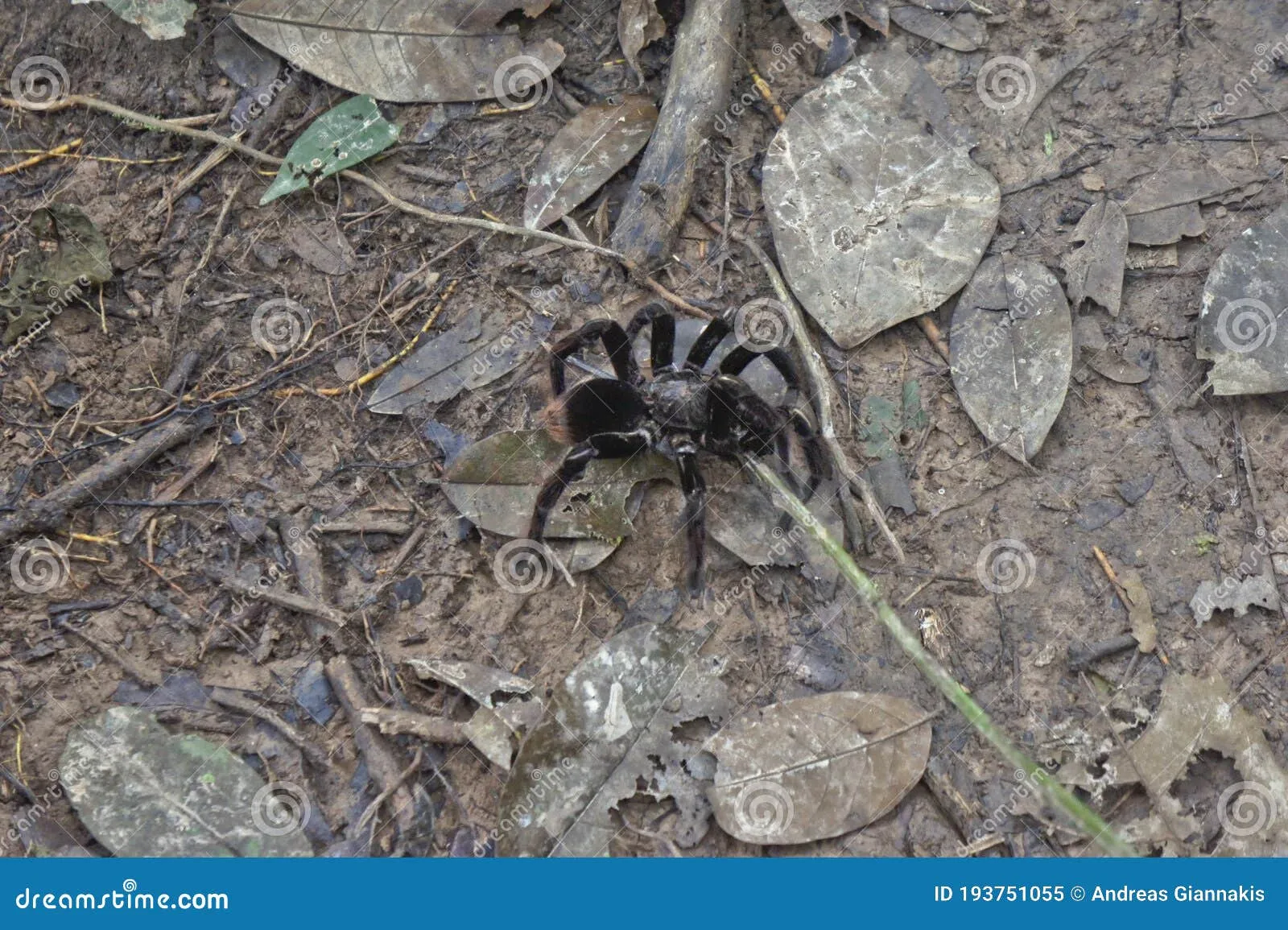
Hunting and Diet
Amazon rainforest tarantulas are primarily nocturnal hunters, using their keen senses to detect prey. Their diet mainly consists of insects, such as crickets, beetles, and other invertebrates, but they are also known to consume small vertebrates, including lizards, frogs, and even small birds. They use their chelicerae (fangs) to inject venom into their prey, which paralyzes it and begins the process of digestion. Once the prey is subdued, the tarantula uses its mouthparts to break down the food and suck out the nutritious fluids. They are ambush predators, waiting patiently for their prey to come within striking distance. Their hunting strategies are a testament to their adaptability and survival skills within the complex ecosystem of the rainforest.
Defense Mechanisms
In addition to their venom, Amazon rainforest tarantulas have several defense mechanisms to protect themselves from predators. One of the most common is their ability to flick urticating hairs from their abdomen towards potential threats. These hairs, when released, can cause intense irritation to the skin and eyes of the predator. They can also bite if threatened, though their bite is not typically lethal to humans. Another defense mechanism is their camouflage, which allows them to blend into their environment and avoid detection. When threatened, they might also display a threat posture, raising their front legs and exposing their fangs to deter attackers. Their defensive strategies are a combination of physical and behavioral adaptations, making them well-equipped to survive in the wild.
Venom and Bite
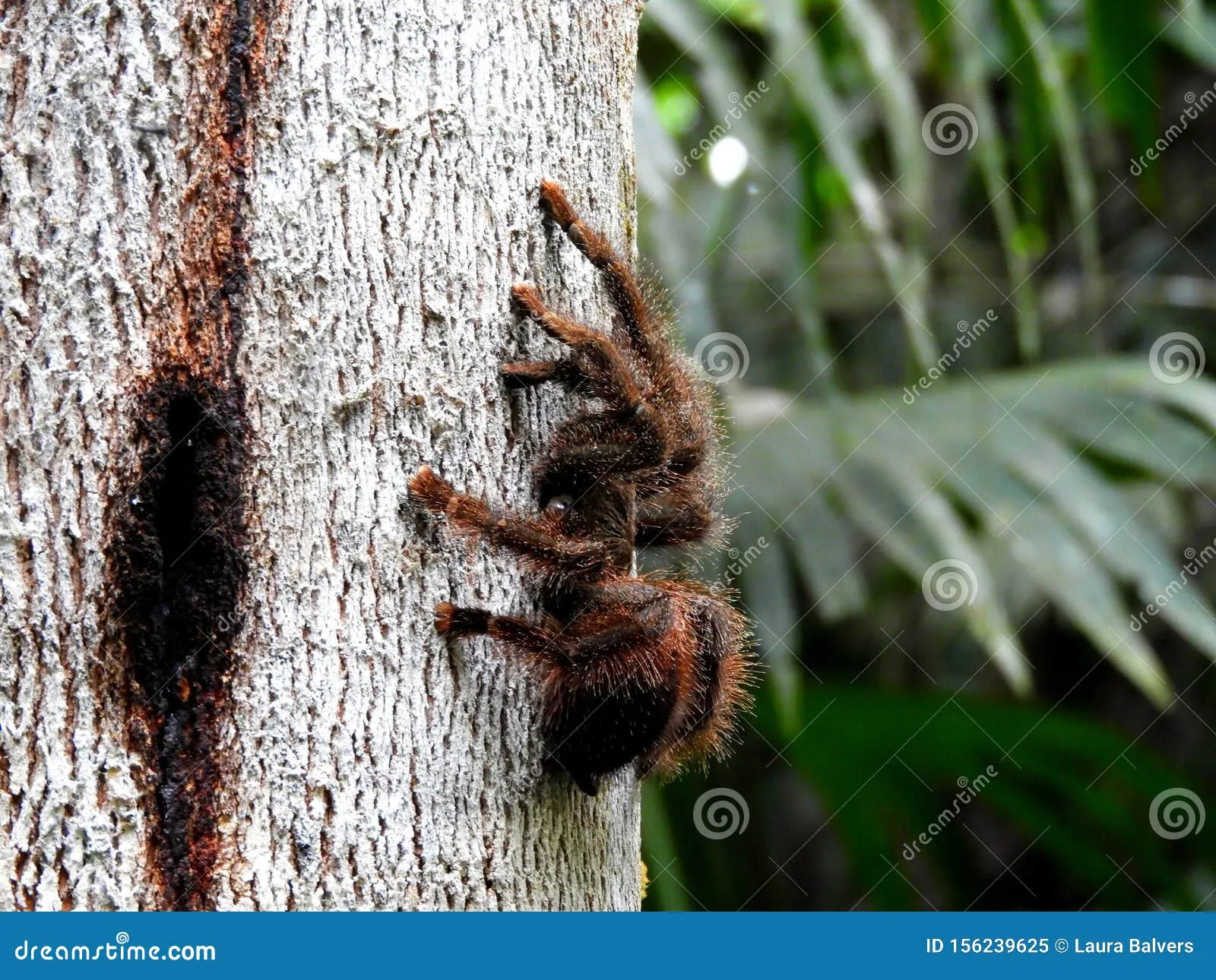
The venom of Amazon rainforest tarantulas is primarily used to subdue prey, rather than to inflict serious harm on larger animals or humans. While a bite from a tarantula can be painful, it is rarely life-threatening. The effects of a bite can include localized pain, swelling, and redness, which typically subside within a few hours or days. The venom contains enzymes that break down the tissues of the prey, aiding in digestion. It is important to seek medical attention if symptoms worsen or if an allergic reaction occurs. Though tarantulas possess venom, their bite is generally not considered medically significant to humans, especially compared to the bites of other venomous creatures.
Reproduction and Life Cycle of Amazon Rainforest Tarantulas
Mating Rituals and Egg Laying
Mating in Amazon rainforest tarantulas is a complex process that involves elaborate courtship rituals. The male spider will often drum on the ground or vibrate his body to attract a female. Once the female is receptive, the male will approach her cautiously, avoiding being mistaken for prey. The male will use special spurs on his legs to secure the female’s fangs during mating. After mating, the female lays her eggs in a silk sac, which she carefully guards. The size of the clutch can vary depending on the species, but it can contain hundreds or even thousands of eggs. The female spider provides a safe environment for the eggs, ensuring their development and survival.
Spiderling Development
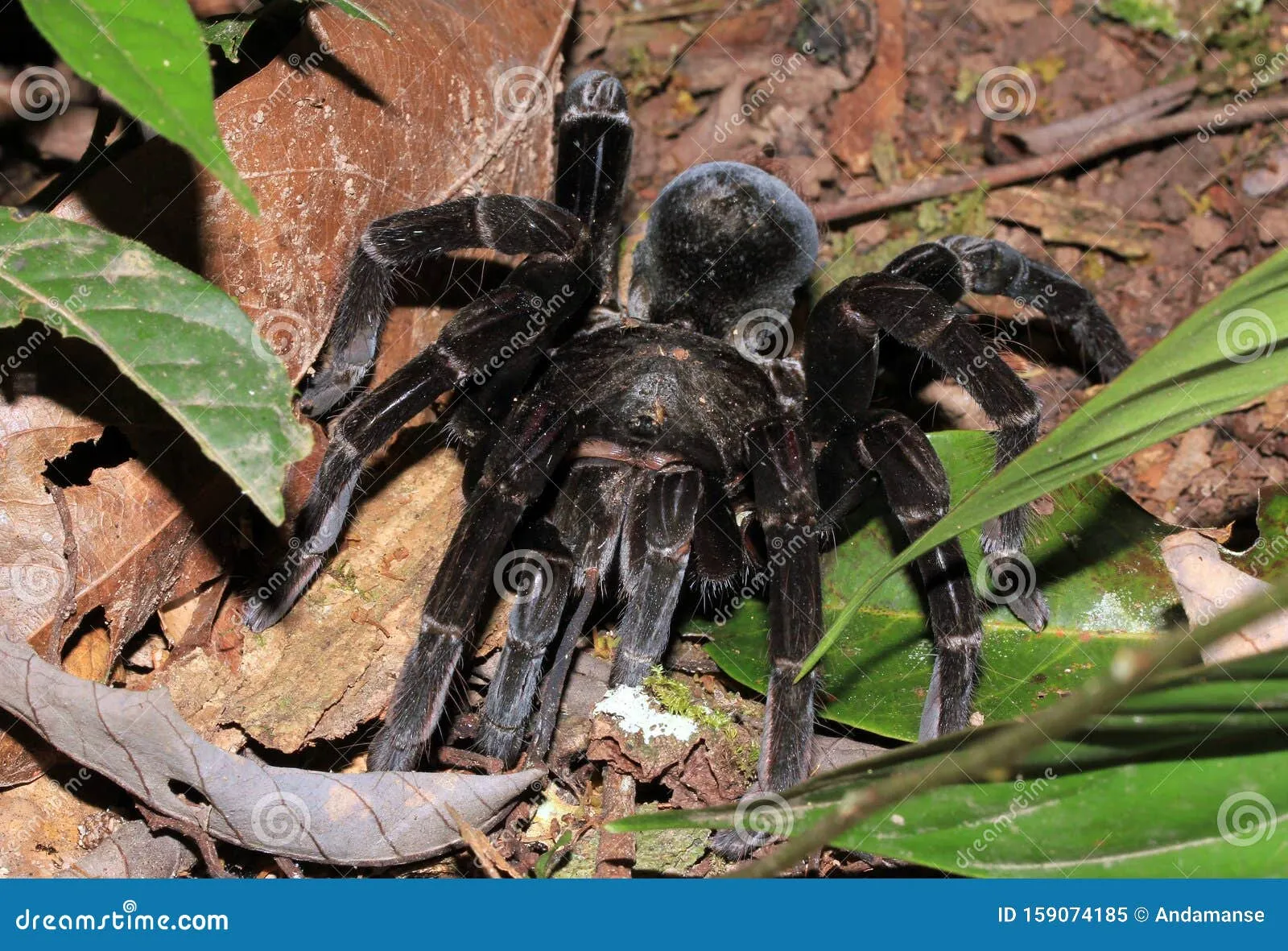
Once the eggs hatch, the spiderlings undergo several molts as they grow. During each molt, they shed their exoskeleton, which allows them to increase in size. The spiderlings remain with their mother for a period, learning to hunt and survive. They are vulnerable during this stage and rely on their mother for protection. As they mature, they eventually disperse to establish their own territories. The life cycle of a tarantula can take several years, depending on the species, with females often living longer than males. The development of spiderlings is a crucial stage in the life cycle, ensuring the continuation of the tarantula population in the rainforest.
Conservation Status and Threats to Amazon Rainforest Tarantulas
Habitat Destruction
One of the major threats to Amazon rainforest tarantulas is habitat destruction. Deforestation, driven by agriculture, logging, and mining, is rapidly reducing the available habitat for these spiders. As the rainforest is cleared, tarantulas lose their homes and are forced to compete for resources or face displacement. The loss of habitat also disrupts the delicate balance of the ecosystem, affecting prey populations and increasing the risk of predation. Protecting and restoring the Amazon rainforest is essential for the long-term survival of tarantulas and the countless other species that call this unique environment home. Conservation efforts are crucial to mitigate the impacts of habitat loss and ensure the survival of these remarkable spiders.
Pet Trade and Illegal Collecting
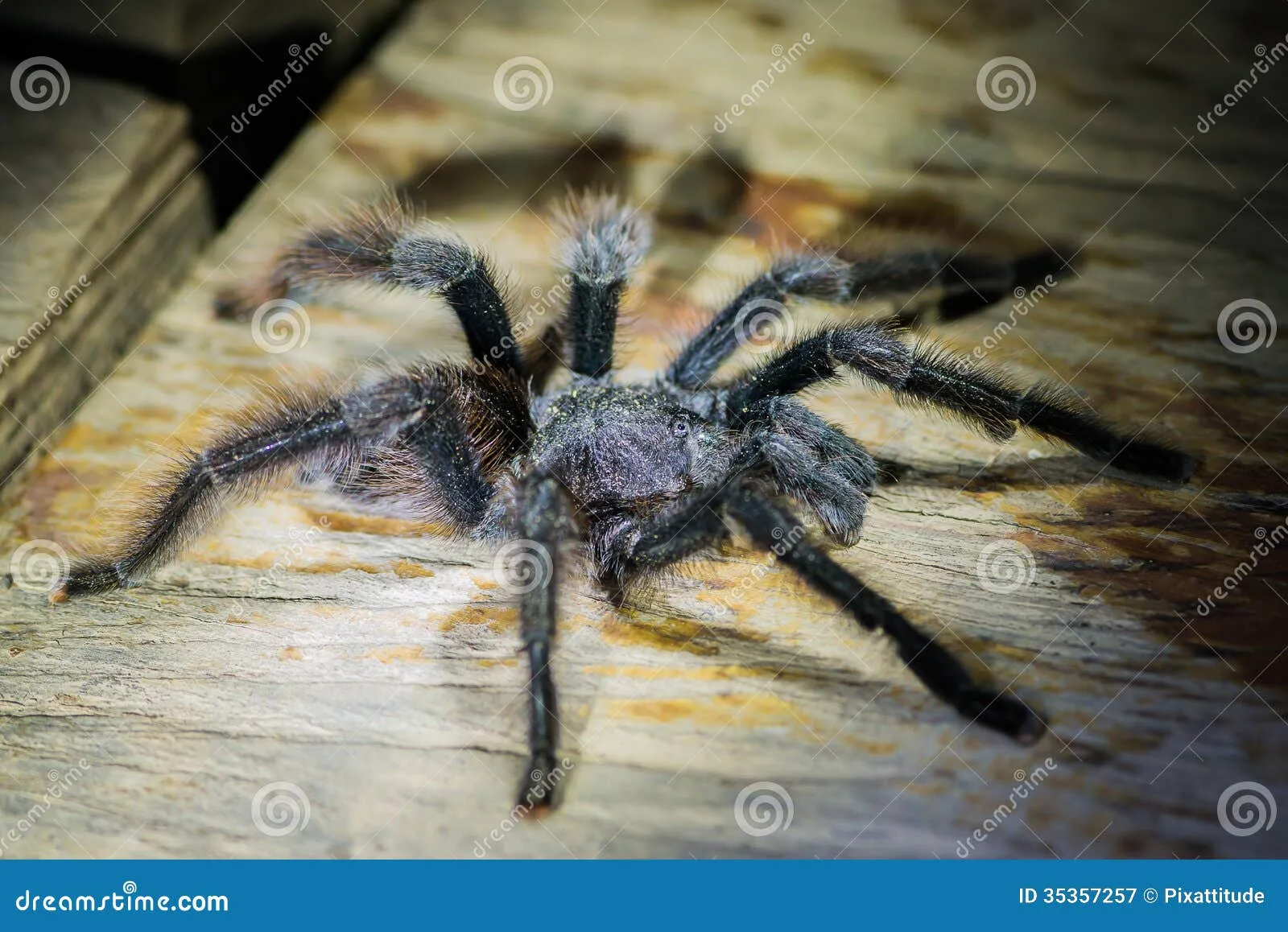
The pet trade and illegal collecting also pose a significant threat to Amazon rainforest tarantulas. Their striking appearance and relatively docile nature make them attractive to collectors and enthusiasts. The demand for tarantulas in the pet trade has led to over-collection in some areas, depleting wild populations. Illegal collecting, driven by the high prices paid for these spiders, further exacerbates the problem. Sustainable practices are crucial to protect the future of these spiders in the wild. Regulating the pet trade and combating illegal collecting are essential for ensuring the long-term survival of these fascinating creatures. Supporting ethical breeders and promoting responsible pet ownership are vital steps in protecting these amazing spiders.
Interesting Facts about Amazon Rainforest Tarantulas
Beyond the core facts, there are many intriguing details about Amazon rainforest tarantulas. They can live for several years, with females often outliving males. These spiders possess unique adaptations, such as the ability to regenerate lost limbs. They play an essential role in controlling insect populations, keeping the ecosystem in balance. These spiders have a remarkable ability to adapt to their environment, making them fascinating subjects for scientific study. Their resilience and survival strategies demonstrate their importance in the intricate web of life that thrives in the Amazon rainforest.
